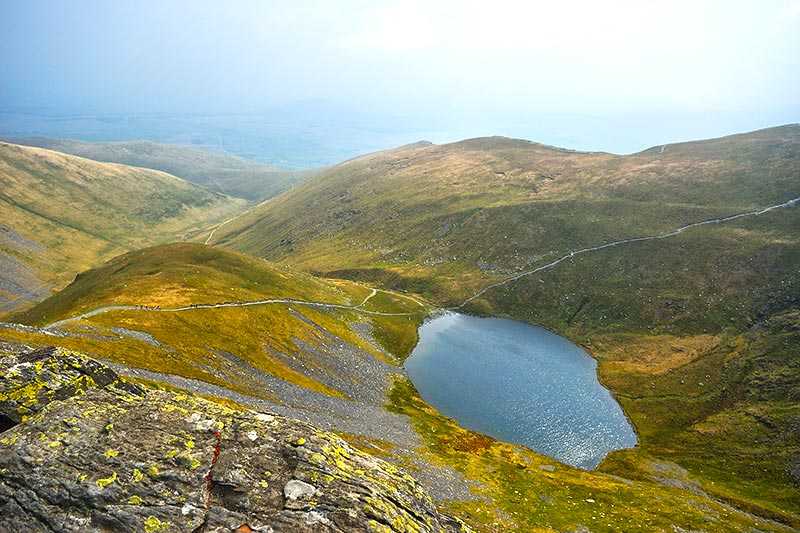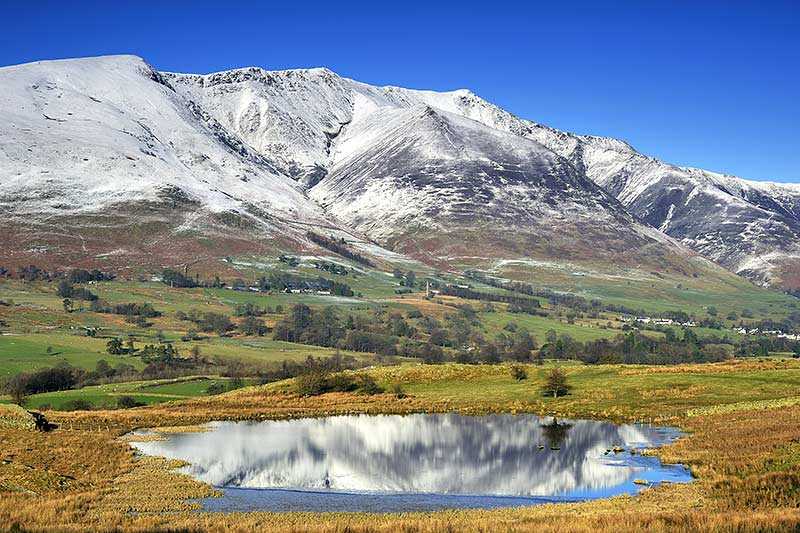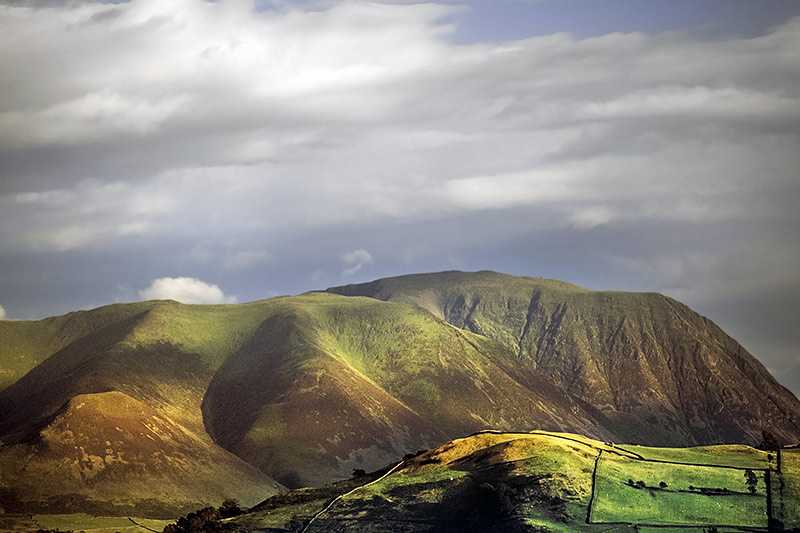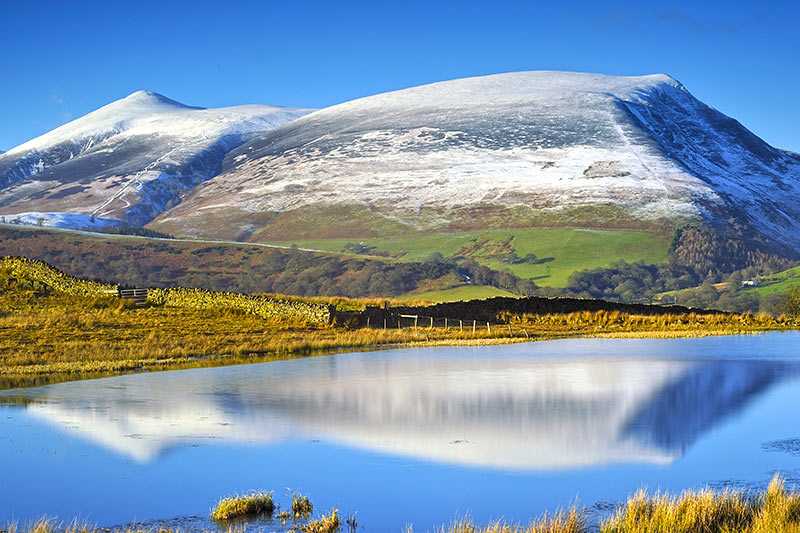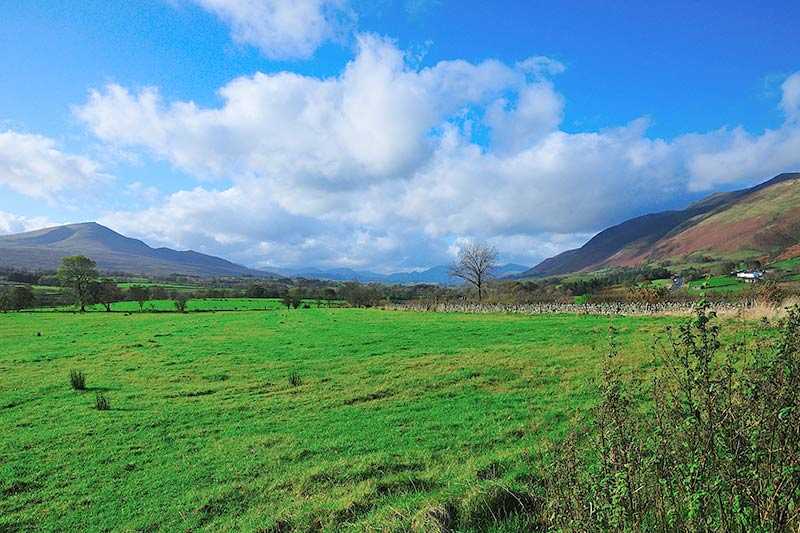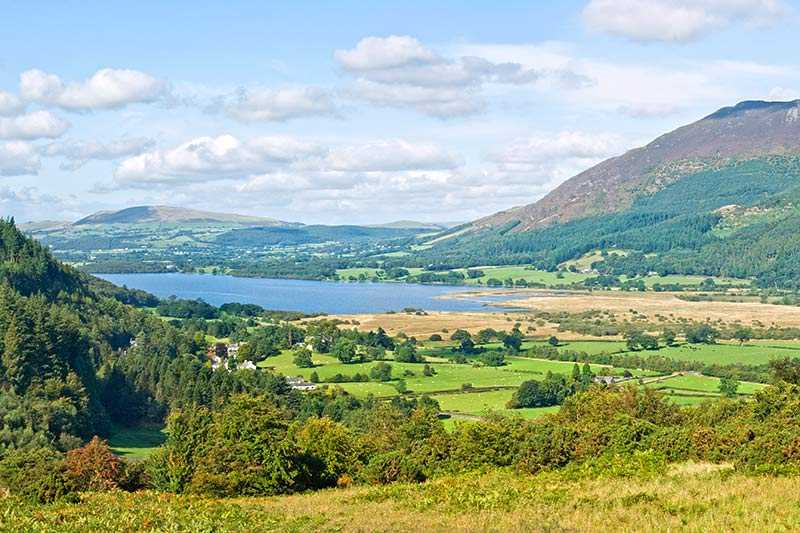Carrock Fell
About Carrock Fell
Carrock Fell is a high fell standing on the northern edge of Lakeland at an elevation of 661 m (2,169 ft) and with a prominence of 91 m (299 ft). It is listed as a Hewit...
About Carrock Fell
Carrock Fell is a high fell standing on the northern edge of Lakeland at an elevation of 661 m (2,169 ft) and with a prominence of 91 m (299 ft). It is listed as a Hewitt, a Nuttall and a Wainwright and its parent peak is Knott.
The fell is noted for the Iron Age hill fort at its summit, though only part of the walls’ foundations remain. It was originally oval...
Things to do near Carrock Fell
Attractions near Carrock Fell
Activities
About Carrock Fell
About Carrock Fell
Carrock Fell is a high fell standing on the northern edge of Lakeland at an elevation of 661 m (2,169 ft) and with a prominence of 91 m (299 ft). It is listed as a Hewitt, a Nuttall and a Wainwright and its parent peak is Knott.
The fell is noted for the Iron Age hill fort at its summit, though only part of the walls’ foundations remain. It was originally oval in shape before it was destroyed by Romans. Carrock Fell also has a unique geology, being composed of Gabbro, a rough igneous rock that offers a quality surface for climbers – the only part of the Northern Fells really suited to this activity.
Also at the summit, there is a cairn on a rock platform to the western end of the fort, from where there are good views across to the Pennines to the east. There are two lesser summits, Milton Hill (607 m / 1,991 ft) and Round Knott (603 m / 1,978 ft), both to the west of the highest point.
Climbing Carrock Fell
Most ascents begin at the surfaced road that leads to the site of Carrock Mine; although it can also be climbed from the road running between Mungrisdale and Hesket Newmarket up the craggy and boulder-strewn eastern slopes which are known with justification as ‘Apronful of Stones’.
There are over 230 climbs on Carrock Fell crag of varying grades and good opportunities for bouldering as well.
